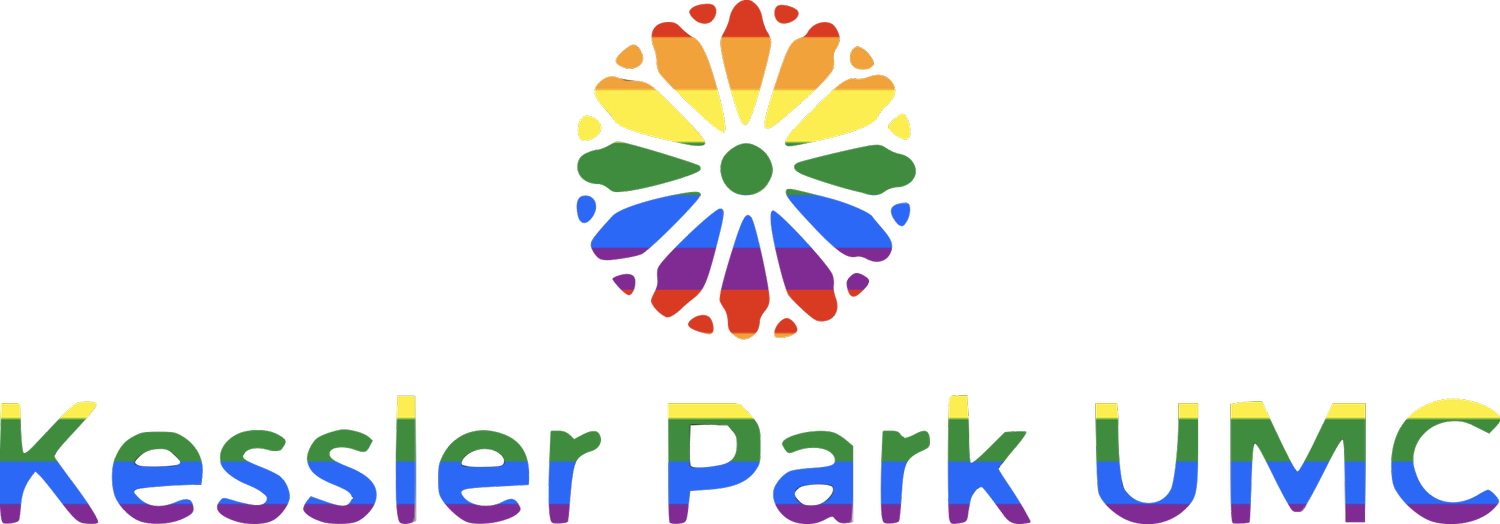Crowdfunding is for Crowds
/On Sunday, I preached about the first crowdfunding project in the Bible — the story of Moses asking the Israelites to bring their goods and gifts to help build the tabernacle.
My favorite part of the story is the fact that the people gave so much that Moses finally had to tell them to stop!
But there’s something else about that story that makes me happy. Did you notice that from the very beginning God wants everybody to participate, not just the wealthy few?
That’s the interesting thing about crowdfunding a project — it’s so much more rewarding and fun to have 250 people giving $100 each for something they care about, than it is to have one person plop down $25,000, just because they can.
I suppose Moses could have gone to just the richest Israelites and asked them to fund the entire tabernacle. He could have gone to the richest one or two folks and asked them if they would pay for everything. Maybe he would have succeeded in such a fundraising approach.
But he didn’t. Instead he asked everyone to consider what they could contribute to the whole. He didn’t demand; he invited people to consider in their hearts what they might be able to give.
And because everyone participated, everyone felt connected to what was being built. The tabernacle belonged to everyone, not just a wealthy few.
I once served a small country church where there was precisely one wealthy family in the church. This family was probably the wealthiest family in the entire county. And they were generous to the church.
However, this created an unhealthy dynamic for the church. For one, everybody knew that if we got in a bind, this wealthy family would step in and get us out of our hole. This happened at the end of every year, when it was time to pay apportionments. The matron of the family would come into the church, ask “How much left on apportionments do we owe?” and then write out a check for that amount. The problem is that the members of the church knew this happened, and let this be an excuse to refrain from giving too generously.
Furthermore, this wealthy family never pledged or even gave regularly. They simply gave when they saw a problem or discerned that the church needed something in particular. As you can imagine, the church was never in a very healthy financial state.
I have also heard horror stories about churches where a single wealthy donor created havoc. For example, I heard once that Ross Perot made a huge donation to his mother’s small East Texas church, which was in danger of closing. He wanted to help keep it open. Instead, the gift was the source of much conflict, and the church closed more quickly than if it had never received the money.
The crowdfunding model is a much healthier pattern of financial giving for an organization. Instead of leaning heavily on a handful of donors, whose interests and motivations for giving might or might not be pure, we ask for everyone to participate financially by giving what they are able. Some are able to give more, and others less, but when we all do our part, then the whole benefits.
As your pastor, I want you to be excited about what the church is doing. I want you to be fully invested in our vision and purpose, and thus I want you to give what you feel God is calling you to do.
When you help Kickstart KPUMC, you’re not just helping the church, you’re also giving your own faith a kickstart. And so, if you haven’t already, make your 2018 pledge today. Just click here to make your pledge.



